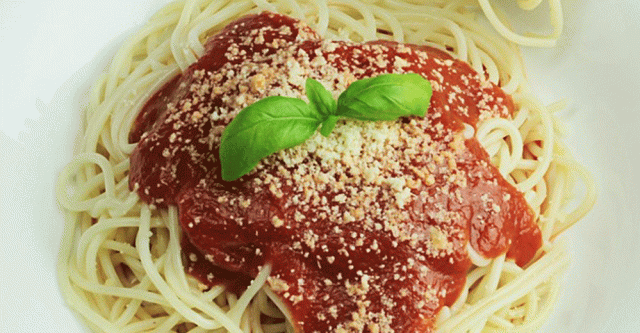Saturday, January 4 is National Spaghetti Day. With the cold of winter upon us, we think of warm, filling food — what a terrific time to celebrate spaghetti. Although there is no record of it becoming an official holiday, January 4 has been marked to publicize spaghetti.
Defining Spaghetti
Although there are many different types of pasta, spaghetti gets a day to itself. Spaghetti noodles themselves are thin strands. The word comes from spaghetto, which means thin string or twine. Homemade or from a box, these particular noodles are long lines. After you get the noodles, the toppings are almost endless. From a jar of sauce off the shelf, to fresh sauteed vegetables, from meatballs to cheeses, all are toppings for the noodles.
Beginnings Of Spaghetti
Diverse opinions are available to recite the assorted histories of spaghetti. Some say Marco Polo brought it to Europe. Some say Europeans were already eating this pasta before he embarked on his travels. Arab cultures had their noodles in the 1200s. China had it before that. This type of food was in Palestine before the third century AD. After dried pasta was the norm in the 14th and 15th centuries, boat travelers often ate it, including explorers coming to America. While Thomas Jefferson brought spaghetti from Naples in 1789, Italian immigrants were already eating it in this new land.
Interesting Facts
Americans alone dine on twenty pounds of pasta per person per year. Throwing a noodle at a wall really does work. If it sticks, the noodles are done cooking! Tomato sauce and meatballs were added to the noodles by Americans- not Italians.
No matter what you put on the noodles, be sure to have fun while celebrating National Spaghetti Day.

